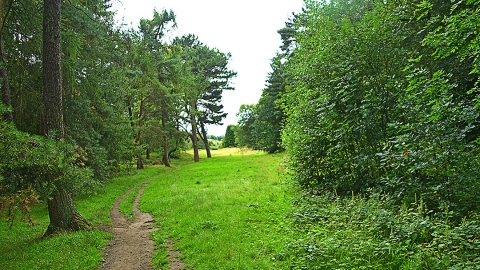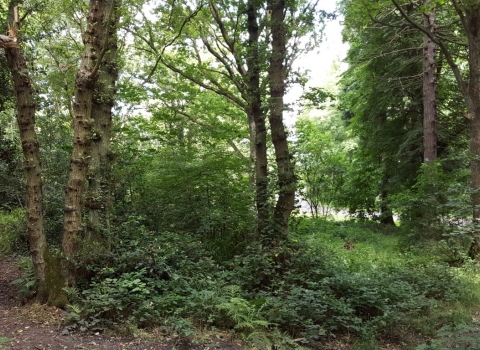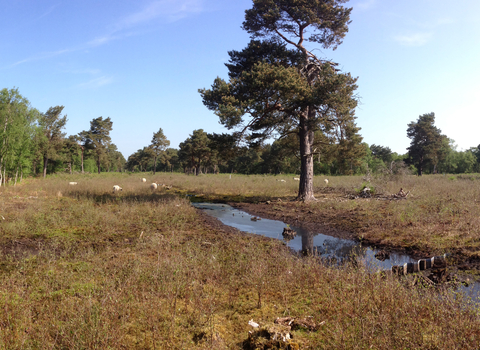
Close House Riverside. Image by: Steven Morris.
Close House Riverside
Know before you go
Dogs
When to visit
Opening times
24/7/365Best time to visit
April to AugustAbout the reserve
Close House Riverside nature reserve contains calaminarian grassland on the River Tyne floodplain, one of a few rare habitats only found in areas where there are high concentrations of heavy metals. Calaminarian grassland is restricted to the Tyne and Allen river systems, the heavy metals (zinc and lead) are washed from old mine spoil heaps from the North Pennine Ore field into the rivers which then carry them onto riparian habitats. Heavy metal resistant flora present on the grassland are alpine pennycress, and re-introduced spring sandwort. Dune helleborine are found on the edge of the grassland under some young beech trees and can be found further into the woodland.
The broadleaf woodland that runs along the site by the riverside, although young, is a very good habitat with a wide range of fauna and flora. The grassland is good for butterflies such as meadow brown and small skipper. There are several invasive plant species that are present in the woodland such as snowberry, Himalayan balsam and giant hogweed, which have to be constantly managed. The river is tidal and the banks are steep in places.
At low tide you can often see kingfishers hunting in the rock pools and shallows.



